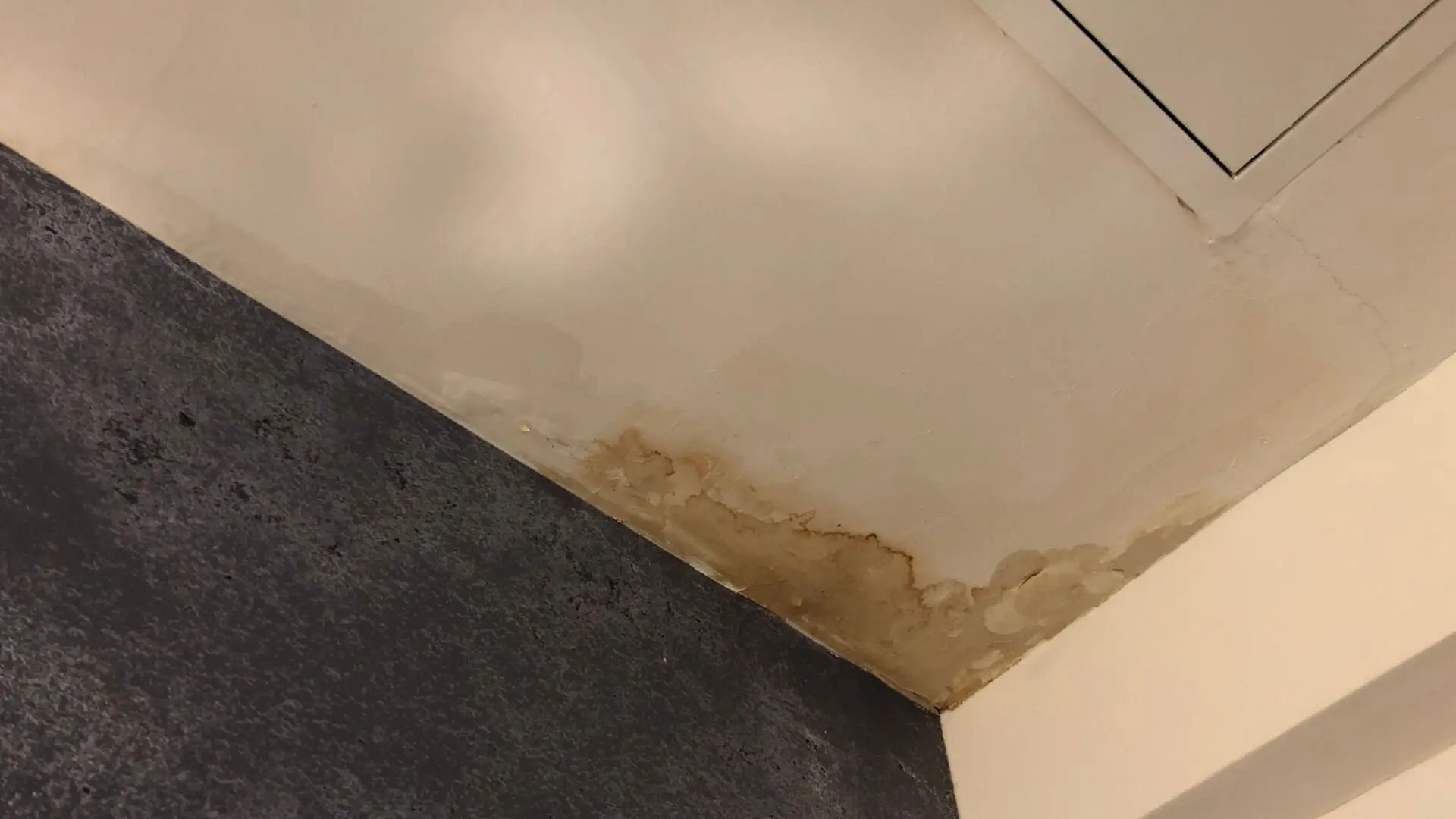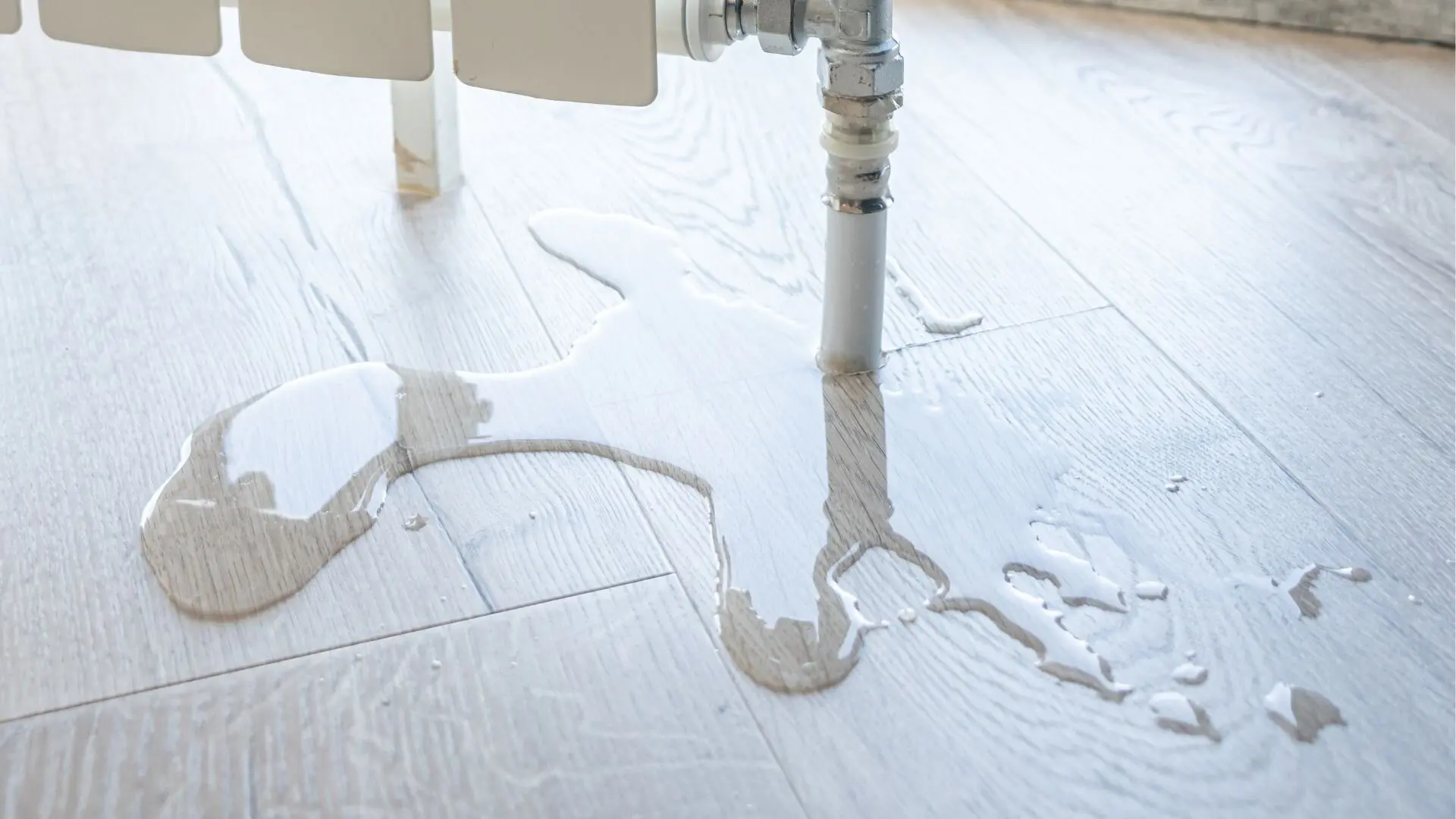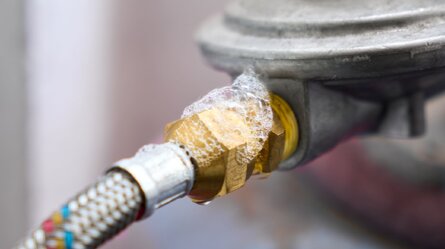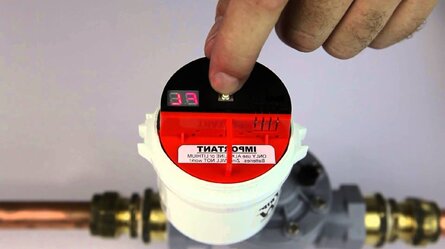Moving into a new home is exciting, but it’s wise to keep an eye out for any hidden issues, especially concealed water leaks. If ignored, these sneaky leaks can cause significant water damage, expensive repairs, and health risks like mould. As a new homeowner, understanding how to spot these leaks early can save you from major headaches down the line.
In this blog post, we’ll explore effective strategies for identifying hidden water leaks in your new home so you can address any leak issues promptly and protect your investment. From monitoring your water meter to inspecting for signs of water leaking, we’ll cover the key steps you can take to detect leaks and maintain a safe, healthy living environment.
Let’s dive in and become leak-detection experts in your new home!
Ways To Find Hidden Water Leaks In Your Home
Check Your Water Meter
One of the most effective ways to detect water leaks is by monitoring your water meter. To catch leaks early, start by turning off all water sources in your home, including taps, toilets, and appliances. Then, locate your water meter and take a reading. Wait for about an hour without water usage, then check the meter again. If the meter has changed, you may have a leak somewhere in your plumbing system.
To pinpoint the location of the leak, you can use the water meter for a simple water leak test. First, turn off the main water supply to your home. Then, check the meter reading. If the meter continues to move, you likely have a leak in your supply pipes or underground. If the meter stops, the leak is probably inside your home.
Check Your Water Bill
Keeping an eye on your water bill can reveal hidden leaks. If you spot unusual increases in usage without changes in habits, it might indicate a leak. Compare your recent bills with past ones to identify unexplained spikes.
Inspect Walls, Ceilings, and Floors
Hidden water leaks can often be detected by inspecting your home’s walls, ceilings, and floors. Look for signs of water damage, such as:
- Stains or discolouration
- Peeling paint or wallpaper
- Warping or buckling of floors
- Sagging or bulging walls or ceilings
If you notice any of these signs, there may be a water leak behind the affected surface. Pay extra attention to leak-prone areas like bathrooms, kitchens, and laundry rooms.

Check for Mould and Mildew
Mould and mildew growth can be another indicator of hidden water leaks. These fungi thrive in damp, dark environments, so if you notice mould or mildew in your home, a water source could be nearby. Check corners of rooms, behind appliances, and in other areas with poor ventilation.
Inspect Appliances and Fixtures
Regularly inspect your appliances and fixtures for signs of water leaks. Check around your washing machine, dishwasher, refrigerator, and water heater for any pooling water, rust, or dampness. Also, examine faucets, showerheads, and other plumbing fixtures for leaks or drips.
Perform a Toilet Tank Test
Toilet leaks are one of the most common types of water leaks in homes. To check for a toilet leak in your toilet cistern, perform a simple test using food colouring:
- Remove the lid from the toilet tank.
- Add a few drops of food colouring to the tank.
- Wait 15-20 minutes without flushing the toilet.
- Check the toilet bowl. If you see coloured water in the bowl, you have a leaking toilet.
If you detect a toilet leak, it’s usually a simple fix involving replacing the flapper or adjusting the tank’s water level.
Use Moisture Meters
A moisture meter can detect hidden water in hard-to-reach areas or suspected leaks behind walls or under floors. Moisture meters measure the moisture content in materials like drywall, wood, and concrete. High moisture readings can indicate the presence of a water leak.

Act Quickly and Trust the Professionals
Detecting hidden water leaks early is crucial to preventing extensive damage to your new home. By regularly checking your water meter, monitoring your water bills, inspecting walls and appliances, and performing simple tests, you can identify leaks before they become serious problems.
If you suspect a plumbing leak or discover hidden water, it’s essential to contact a professional plumber for repair. For those in the Perth area, Woolf Plumbing & Gas offers expert leak detection and repair services to help you protect your investment and maintain a safe, healthy home. Their experienced team can quickly identify and fix leaks, ensuring your plumbing system functions efficiently.
Don’t wait until a small leak turns into a major issue. Be proactive in detecting hidden water leaks, and trust the professionals at Woolf Plumbing & Gas to provide the solutions you need. Contact them today to schedule an inspection or repair service and enjoy peace of mind in your new home.
Hidden Leaks FAQs
How can I find a hidden water leak?
Start by checking your water meter for unusual readings. Look for signs like pooling water, drips, or reduced water pressure. Inspect walls and ceilings for dampness or damage, focusing on common leak areas like toilets and pipes. If all else fails, calling a plumber can prevent substantial water damage.
Is there a tool to detect water leaks?
Yes, tools like water meters, moisture meters, infrared cameras, and acoustic listening devices can help detect concealed leaks. Plumbers often use these tools to find underground leaks or leaks hidden in walls, preventing water damage.
How do I find out where my water is leaking from?
Look for visible signs of water dripping or pooling, and check common leak sources like dripping taps, toilet cisterns, and pipes. Use your water meter reading to determine if the leak is inside or outside. Inspect walls and floors for water damage. If you can’t find the leak, call a plumber.
How do you detect a water leak underground?
Use your water meter to check for continuous running, which may indicate an underground leak. Look for water pooling or soggy areas in your yard. A sudden drop in water pressure can also signal a concealed leak. Plumbers use acoustic listening devices to pinpoint underground leaks and prevent water damage.




